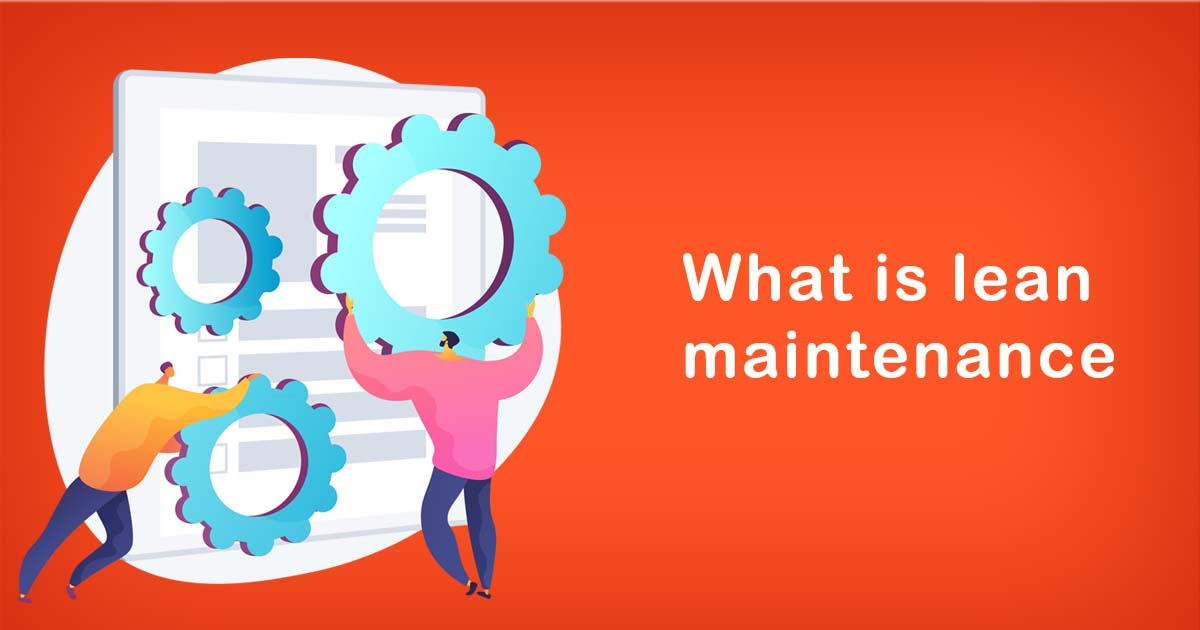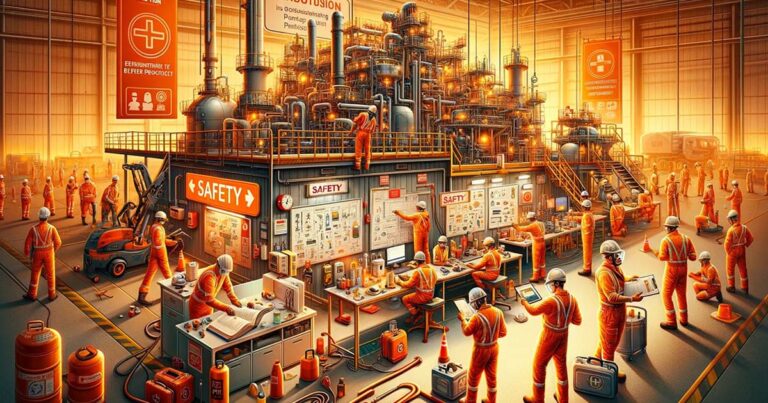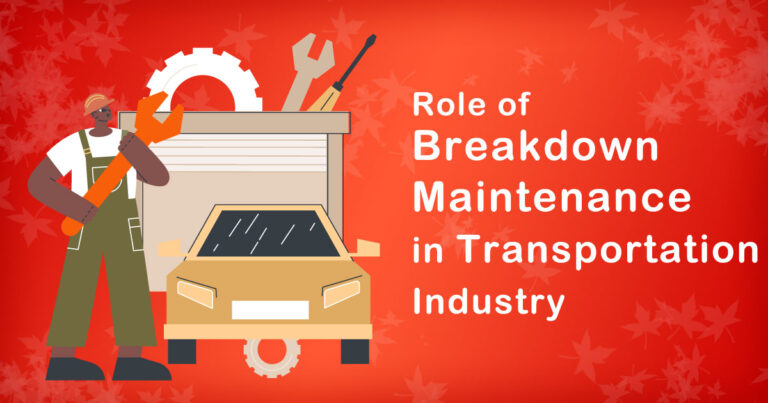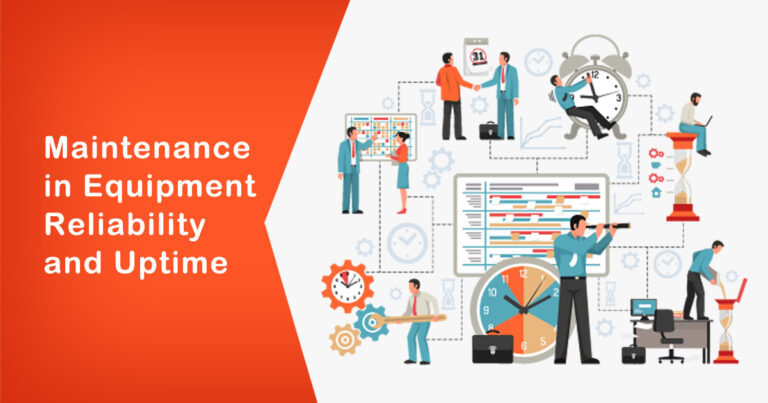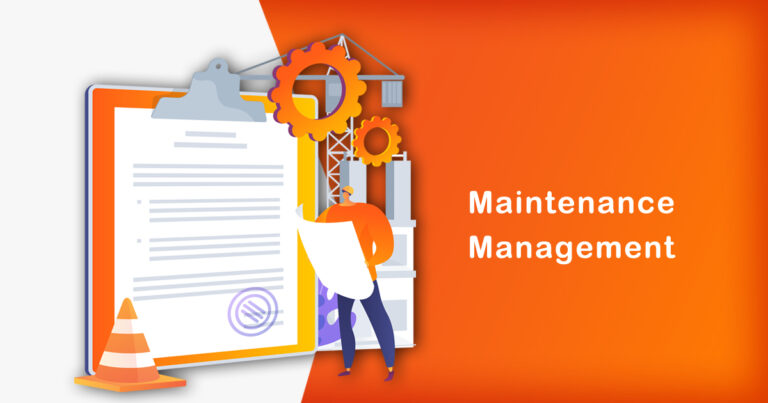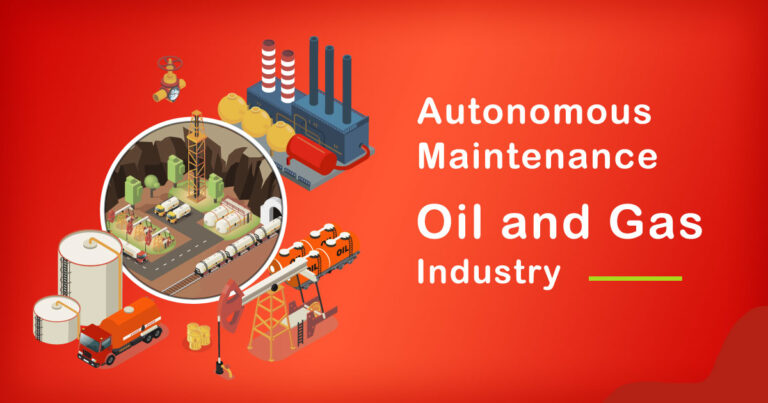Maintenance is an essential aspect of any industry or organization that aims to keep its equipment and machinery functioning efficiently. However, traditional maintenance practices can be costly and time-consuming, often leading to downtime and decreased productivity. This is where Lean Maintenance comes in as a cost-effective and efficient alternative to traditional maintenance practices.
What is Lean Maintenance?
Lean Maintenance is a methodology that focuses on reducing waste in maintenance operations by optimizing the use of resources and streamlining maintenance processes. It is a part of the broader Lean Manufacturing philosophy that emphasizes continuous improvement, waste reduction, and customer satisfaction.
In the context of the Indian manufacturing industry, Lean Maintenance has gained significant attention in recent years. With a growing focus on cost reduction, productivity improvement, and operational efficiency, Indian manufacturers are increasingly adopting Lean Maintenance practices to improve their maintenance operations.
Benefits of Lean Maintenance:
Implementing Lean Maintenance practices can bring significant benefits to an organization, including:
1. Increased Equipment Reliability : Lean Maintenance practices focus on identifying and addressing the root cause of equipment failure, leading to improved reliability and reduced downtime.
2. Reduced Maintenance Costs : By eliminating waste and optimizing the use of resources, Lean Maintenance practices can significantly reduce maintenance costs.
3. Improved Safety : Lean Maintenance practices also focus on improving safety by identifying and addressing potential safety hazards in the maintenance process.
4. Enhanced Customer Satisfaction : By improving equipment reliability and reducing downtime, Lean Maintenance practices can improve customer satisfaction by ensuring timely delivery of products and services.
Lean Maintenance Tools and Techniques:
To implement Lean Maintenance practices effectively, organizations can use a variety of tools and techniques, such as:
1. Total Productive Maintenance (TPM) : TPM is a methodology that focuses on improving equipment reliability by involving operators in the maintenance process and conducting regular equipment inspections and maintenance.
2. Root Cause Analysis (RCA) : RCA is a problem-solving technique that aims to identify and address the root cause of equipment failure, rather than just addressing the symptoms.
3. 5S : 5S is a workplace organization methodology that focuses on creating a clean, organized, and efficient work environment.
4. Value Stream Mapping (VSM) : VSM is a process mapping technique that helps identify waste in the maintenance process and optimize maintenance processes for improved efficiency.
Challenges in Implementing Lean Maintenance:
Implementing Lean Maintenance practices can be challenging, particularly in organizations with a traditional maintenance culture. Some common challenges in implementing Lean Maintenance include:
1. Resistance to Change : Implementing Lean Maintenance requires a significant shift in the maintenance culture, which can be met with resistance from employees and management.
2. Lack of Training : Implementing Lean Maintenance practices requires specialized knowledge and training, which may not be readily available in the organization.
3. Difficulty in Measuring Results : Measuring the impact of Lean Maintenance practices can be challenging, particularly in the short term, making it difficult to demonstrate the benefits of implementing these practices.
Conclusion:
In conclusion, Lean Maintenance is a cost-effective and efficient alternative to traditional maintenance practices that can bring significant benefits to organizations. While implementing Lean Maintenance practices can be challenging, particularly in organizations with a traditional maintenance culture, the benefits of implementing these practices make it a worthwhile endeavor for organizations looking to improve their maintenance operations. By adopting Lean Maintenance practices and tools, Indian manufacturers can improve equipment reliability, reduce maintenance costs, enhance safety, and improve customer satisfaction, ultimately contributing to their overall operational efficiency and success.


